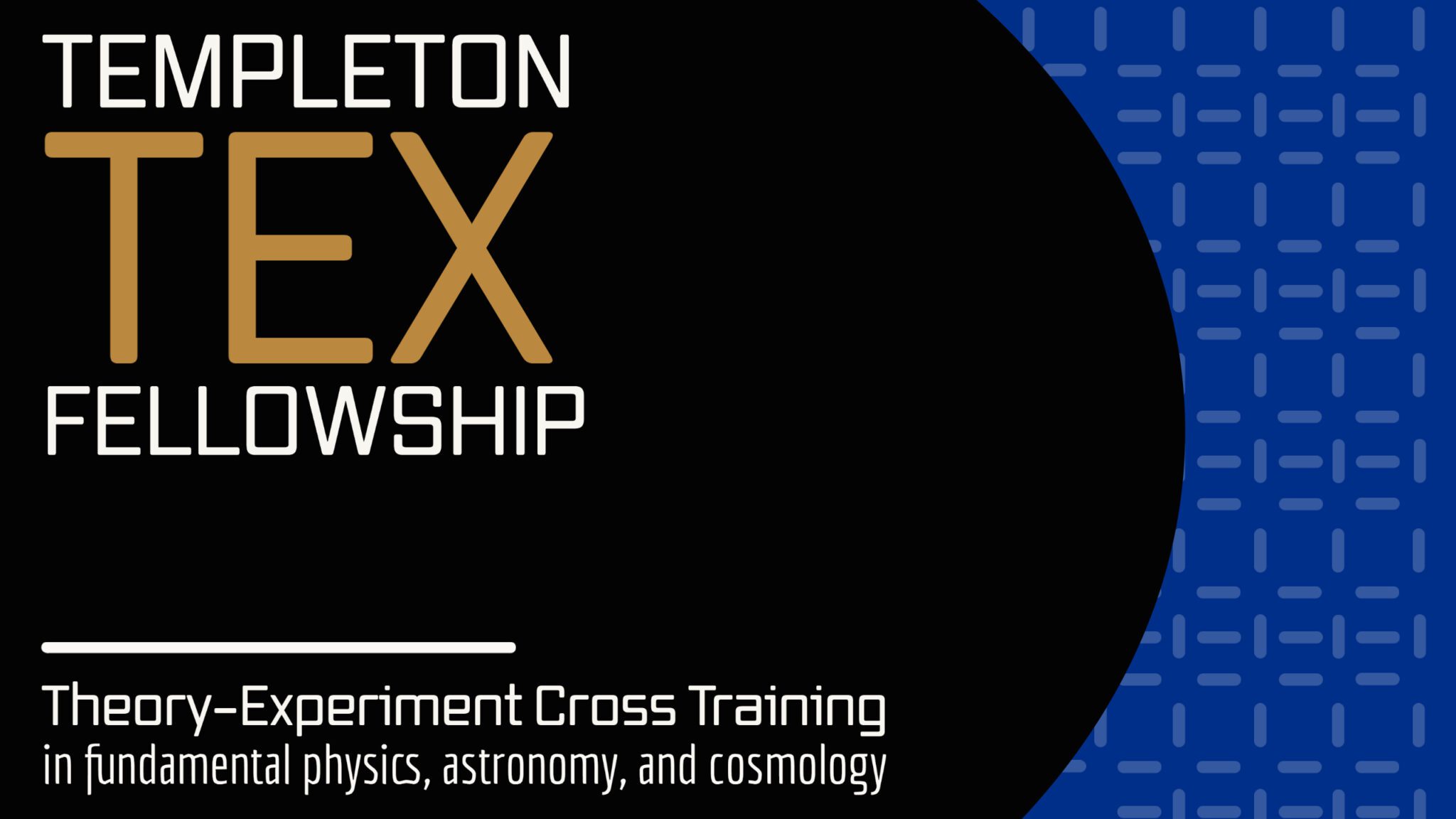Between July and September of 2022, the John Templeton Foundation welcomed applications for its Theory-Experiment Cross Training (TEX) Fellowship. The fellowship was open to outstanding PhD-track graduate students whose research focus is primarily either experimental or theoretical, and who wish to enrich their graduate experience by pursuing one year of research in the complementary “cross discipline” (theory for experimentalists or experiment for theorists).
We are pleased to announce that ten fellows have been selected:
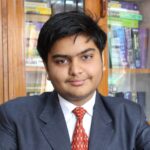 |
Shubh AgrawalUniversity of Pennsylvania |
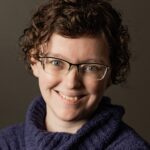 |
Hannah DayUniversity of Illinois Urbana-Champaign |
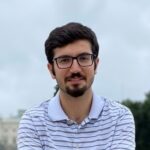 |
Reza EbadiUniversity of Maryland, College Park |
 |
Clemens JakubecUniversity of Arizona & University of Vienna |
 |
Radha MastandreaUniversity of California, Berkeley |
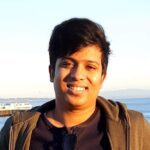 |
Sagnick MukherjeeUniversity of California, Santa Cruz |
 |
William Ortolá-LeonardUniversity of Florida |
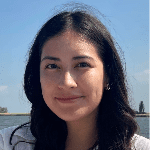 |
Nicole Rodriguez CaveroWashington University in St. Louis |
 |
Sophia Sánchez-MaesHarvard University |
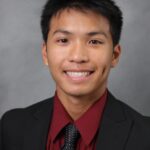 |
Matthew TaoUniversity of California, Berkeley |
The purpose of this program is to increase the Fellows’ capacity and skills for bridging methodological divides across theory and experiment in fundamental physics, astronomy, and cosmology, and thereby to push the conceptual frontiers at the foundations of these fields, and to seed integrated, multidisciplinary research programs in basic science.
Still Curious?
Learn more about the Theory-Experiment Cross Training (TEX) Fellowship.
Fellow Bios
Shubh Agrawal (he/they) is a second-year graduate researcher studying observational cosmology at the University of Pennsylvania. He holds a BS in Physics from Caltech, where he worked on low-temperature detectors for the BICEP Array and exoplanetary technology for direct imaging. As a member of the Terahertz Intensity Mapper (TIM) collaboration, Shubh’s current primary focus is developing gondola design, flight software, and electronics for a balloon-borne far-infrared spectrometer set to fly from the McMurdo facility in Antarctica in a few years. He is preparing for the analysis of TIM’s line intensity mapping measurements that will provide a new constraint on cosmic star formation history. Shubh also works on employing new higher-order estimators and machine learning to extract more cosmological information from surveys of weak lensing, such as the Dark Energy Survey and the upcoming generation-defining Rubin Observatory’s Legacy Survey of Space and Time. Besides his interests in astrophysics, Shubh is deeply passionate about promoting inclusion and equity in his field through grassroots-level efforts.
Hannah Day is studying particle physics at the University of Illinois Urbana-Champaign. She is interested in developing firm theoretical foundations for the tools used across the field, with the hope that fully understanding the tools will lead to improvements in their usage and ultimately a quicker avenue to new physics detection. One promising new tool is quantum technology, which has the potential for use in highly sensitive detectors and may also help improve the efficiency of computationally expensive calculations and simulations. Hannah plans to study the noise in these systems in order to find ways to mitigate its effects, as reducing or controlling the noise is essential for developing larger, more useful quantum systems.
Reza Ebadi is a PhD candidate in Physics at the University of Maryland, College Park. He is mainly interested in precision measurement tests of fundamental physics. He works at the intersection of particle physics, quantum physics, astrophysics and cosmology to uncover novel methods of searching for new physics. The Standard Model of particle physics and Big Bang cosmology are two stunningly successful pillars of our modern understanding of the universe. They successfully describe phenomena ranging from sub-nuclear distances to the size of the universe. Despite these stunning successes, they do not comprise a complete theory of nature, as they fail to account for astronomical and cosmological observations that establish the existence of dark matter and dark energy. In his research, Reza studies the nature of these elusive components of the universe.
Clemens received his Master’s degree in 2020 from Imperial College London, working with Kellogg Stelle on Brane Solutions to Supergravity. During his studies he also worked at the Max Planck Institute for Nuclear Physics in Heidelberg and at the Max Planck Institute for Quantum Optics in Munich. In 2019 he received an IROP scholarship from the Imperial College Physics department to work with Douglas Scott from UBC in Vancouver on CMB lensing. In 2022 he joined the group of Markus Aspelmeyer at the University of Vienna as a PhD student.
Clemens is interested in how quantum mechanics manifests itself in macroscopic systems. As part of his TEX Fellowship, he will therefore explore together with Kanu Sinha (University of Arizona) and Uroš Delić (University of Vienna) how quantum fluctuations can influence systems of optically levitated nanospheres.
Radha Mastandrea is a PhD student in Physics at UC Berkeley researching applications of machine learning for fundamental physics. Radha is specifically interested in searches for new physics in particle collider data, where new machine learning architectures and data representations can enable more detailed and expansive searches for new physics.
Thanks to the TEX fellowship, Radha will build upon her primarily experimental work in particle physics by carrying out a theoretical project. As a visiting researcher at Heidelberg University, Radha will study the mathematical structure of particle theory, which will be used to refine her search strategy for new physics signals.
Radha previously studied at the University of Cambridge, where she received an MPhil in Physics funded by a Marshall scholarship. Before that, Radha completed her B.S. in Physics at MIT.
Sagnick Mukherjee is a 4th year PhD candidate in the Astronomy department at UC Santa Cruz. His research is focused on theoretically understanding the atmospheres and interiors of extrasolar planets (exoplanets) using observational data from telescopes on Earth and in space. Exoplanets are planets outside our Solar System. Recently, the powerful James Webb Space Telescope has been instrumental in studying the atmospheres of exoplanets and detecting gases such as Carbon dioxide in their atmospheres. However, one of the biggest barriers in our understanding of the atmospheres of exoplanets is the dynamics operating in these atmospheres, which remains extremely uncertain. As his TEX fellowship project, Sagnick will try to measure the atmospheric dynamics in exoplanetary atmospheres using observational data from JWST and his theoretical models. He will be learning JWST data analysis at the Johns Hopkins University and advance his theoretical models jointly in UCSC and JHU to achieve this goal.
William Ortolá-Leonard is a rising third-year Ph.D. student at the University of Florida (UF), where he is supervised by Dr. Zachary Slepian. William is investigating the nature of dark energy, an unknown form of energy causing the universe to expand in an accelerated manner. To carry out his research, William works on the frontier between theory and experimentation, being part of the Dark Energy Spectroscopic Instrument (DESI) experiment, along with his research group at UF. William earned an A.A. in physics from the Honors College of Miami Dade College (HC-MDC) in 2018. That same year, William transferred to the University of Wisconsin-Madison (UW-M). In 2020, he finished his undergraduate career at UW-M, earning a B.S. in Physics and a B.S. in Mathematics. During his time at the HC-MDC, he conducted research to understand how solar activity affects the ionosphere. At UW-M, William conducted research to improve our model for the reddening law due to the interstellar dust, which explains how the Interstellar Medium (ISM) absorbs and scatters light emitted from astronomical objects.
Nicole is a fourth-year physics Ph.D. candidate at the Washington University in St. Louis working with Dr. Henric Krawczynski on high-energy astrophysics. Her group develops balloon-borne missions: XL-Calibur, which examines the X-ray polarization signatures from various astrophysical sources, as well as DR-TES, a state-of-the-art cryogenic gamma-ray detector. Nicole’s research focuses on the geometry and emission mechanisms of black holes in X-ray binaries. She has been involved in the analysis of several observations for the recently launched Imaging X-ray Polarimetry Explorer. Nicole double-majored in physics and mathematics at Westminster College, UT, where she conducted light pollution research. She also interned at the Space Telescope Science Institute, where she developed an API for the Hubble Space Telescope observation schedules. Nicole looks forward to deepening her understanding of the interaction between key components of the black hole system through the computational lens of GRMHD raytracing during this fellowship.
Sophia Sánchez-Maes is a Ph.D. candidate in Astrophysics at Harvard University, where she explores the mysteries of plasma, the most abundant baryonic matter in the cosmos. Her research centers on advancing our grasp of plasma dynamics and energetics, with a special emphasis on harnessing the sun as a unique laboratory.
As co-PI of the groundbreaking Swift Solar Activity X-ray Imager (SSAXI-Rocket) mission at the Center for Astrophysics | Harvard & Smithsonian, Sophia leads the development of a cutting-edge soft x-ray telescope. This innovative technology development effort seeks to engineer a customized CMOS camera to capture detailed images of highly energetic solar flares during solar maximum, overcoming past limitations like pixel saturation and blooming in CCD-based instruments. These observations are pivotal for comprehending the magnetic reconnection processes fueling massive solar flares. SSAXI-Rocket is scheduled for launch in April 2024 as part of NASA’s Flare Rocket Campaign.
Sophia’s research program integrates theoretical methods with experimental ones, utilizing magnetohydrodynamic (MHD) simulations to provide critical context and connect the underlying physical processes to the novel observations enabled by her instrumentation development work as well as observations enabled by the existing fleet of solar observatories.
Matthew Tao is a graduate student at the University of California Berkeley pursuing a PhD in physics. He conducts atom interferometry experiments with Prof. Holger Mueller by holding cesium atoms in an optical lattice to measure accelerations to extreme precision. The relevant accelerations in the lattice interferometer are gravitational accelerations from various objects. Through measuring the gravity of objects to high precision, the nature of fundamental physics can be probed, such as theories about dark matter and quantum gravity. Matt will research quantum measurement theory with Dr. Dan Carney at Lawrence Berkeley National Laboratory to develop measurement protocols and to estimate signal sizes that the lattice interferometer can use to search for novel physics. Matt is excited to be a TEX fellow and explore the theoretical foundations and motivations behind these theories and to contribute towards the knowledge of these subjects, while furthering his investigations experimentally.
